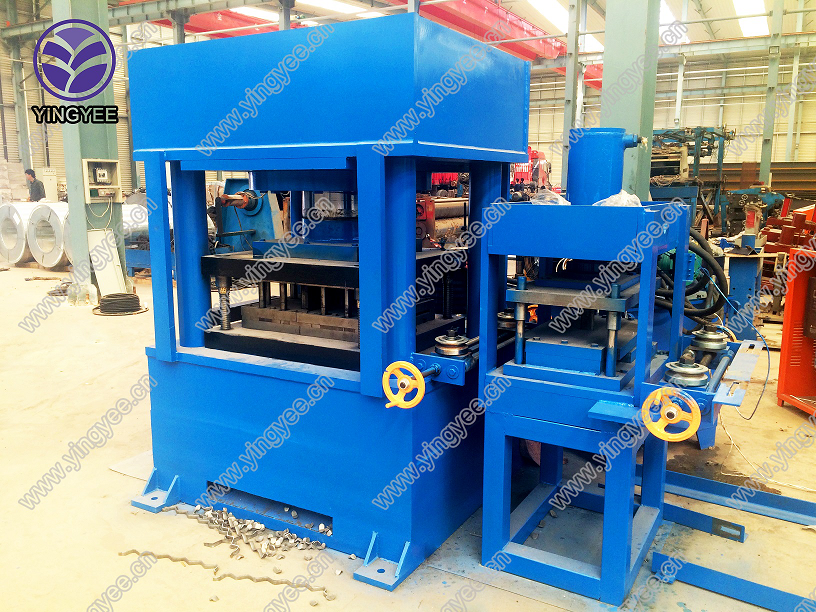
The Coil Metal Cut to Length Line An Essential Process in Metal Fabrication
In the world of metal fabrication, precision and efficiency are paramount. One essential piece of equipment that plays a pivotal role in this process is the coil metal cut to length line. This specialized machinery is designed to streamline the handling and processing of metal coils, transforming them into manageable lengths that can be further manipulated or used in various applications. Understanding the mechanics, benefits, and applications of a cut to length line is crucial for industries that rely heavily on metal products, from automotive to construction.
Understanding Cut to Length Lines
A coil metal cut to length line typically consists of several integral components, including a decoiler, leveling system, shear, and stacking equipment. The process begins with a large coil of metal being fed into the decoiler, which unwinds the coil and prepares it for further processing. As the metal is uncoiled, it passes through a leveling system that corrects any imperfections or warps in the metal. This ensures that when it is cut, the resultant pieces are flat and free from defects.
Once the metal is leveled, it reaches the shear mechanism, which accurately cuts the metal to the specified lengths. Modern cut to length lines are equipped with advanced automation technology, allowing operators to program precise measurements and achieve high degrees of accuracy. This capability is particularly important in industries where tight tolerances are essential.
After the cutting process, the individual metal sheets are often stacked or wound, making them easier to handle and transport
. Some lines are designed to accommodate automatic stacking systems, which can significantly enhance productivity by reducing the need for manual handling.Advantages of a Cut to Length Line
The operational advantages of using a coil metal cut to length line are numerous. First and foremost, the efficiency of the cutting process allows for higher throughput. Instead of cutting pieces from larger sheets of metal, which can be wasteful and time-consuming, a cut to length line maximizes material usage by processing metal coils directly. This not only reduces waste but also lowers production costs.

Moreover, the precision offered by these machines ensures that every cut meets the exact specifications required by the end products. This is critical in industries such as automotive manufacturing, where components must adhere to stringent safety and performance standards. The consistent quality produced by cut to length lines translates into higher quality outcomes for businesses and their customers.
Additionally, the automation involved in the operations of a cut to length line reduces the need for manual intervention, thus minimizing errors and enhancing workplace safety. Operators can monitor the process from a control panel, allowing them to focus on other important tasks within the fabrication facility.
Applications Across Industries
The versatility of coil metal cut to length lines makes them invaluable across a wide range of industries. In the automotive sector, they are used to produce parts such as frame components, brackets, and body panels that require precise geometries and high-quality finishes. The construction industry also benefits significantly, utilizing cut to length lines to create metal studs, tracks, and reinforcement bars that form the backbone of structures.
Furthermore, industries engaged in the production of appliances, electronics, and energy equipment utilize these lines to produce components that demand minimal tolerances and maximum reliability. The ability to customize the length and finish of the metal makes cut to length lines adaptable to various production needs.
Conclusion
The coil metal cut to length line is a cornerstone of modern metal fabrication processes, offering unmatched efficiency and precision. As technology advances, these systems continue to evolve, incorporating smarter automation and enhanced control features that further improve their functionality. For businesses in metalworking sectors, investing in a high-quality cut to length line can yield significant benefits, including reduced waste, lower costs, and improved product quality. With the increasing demand for precision-engineered components across multiple industries, the importance of cut to length lines is only expected to grow.